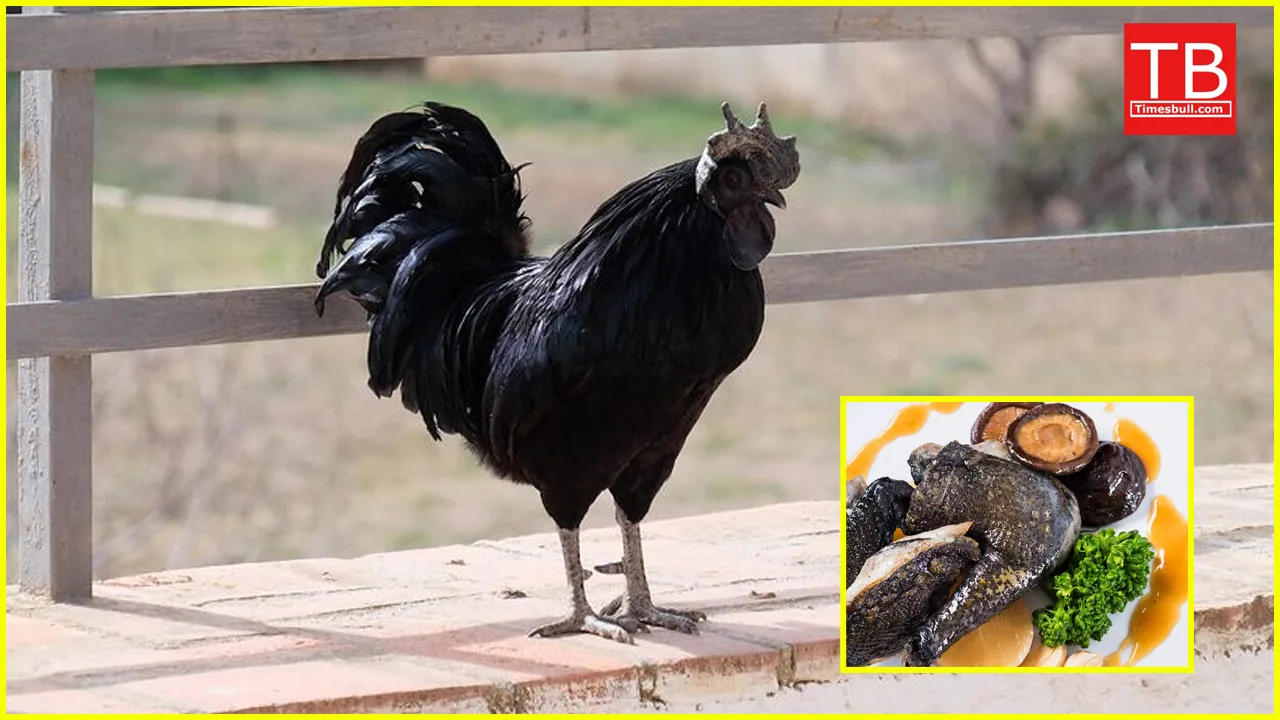Kadaknath chicken, a prized possession in the Indian poultry scene, is shrouded in an aura of mystery and health benefits. This unique breed, native to Jhabua district in Madhya Pradesh, boasts distinctive black plumage, claimed medicinal properties, and a price tag that sets it apart from regular chicken. Let’s delve deeper into the world of Kadaknath, exploring its fascinating history, its unique characteristics, and the factors influencing its price.
Unveiling the History and Heritage of Kadaknath
The origin of Kadaknath remains shrouded in the mists of time, with some theories tracing its lineage back to the era of the Gond kings. Local folklore suggests these black birds were once reserved for royalty due to their perceived health benefits. Today, Kadaknath chicken enjoys Geographical Indication (GI) tag status, recognizing its unique qualities and origin.
What Makes Kadaknath Special?
Beyond its captivating black plumage, Kadaknath boasts several unique characteristics:
- Black from Beak to Claw: The most striking feature is the bird’s jet-black appearance, encompassing its skin, meat, and even bones. This unique pigmentation is attributed to melanin, a pigment with potential health benefits.
- Physically Different: Kadaknath chickens are smaller than their regular counterparts, with hens weighing around 1-1.5 kg and roosters reaching 1.5-2 kg. They have a distinctive single comb and slate-grey earlobes, adding to their distinctive charm.
- Claimed Health Benefits: While scientific evidence is still emerging, Kadaknath is traditionally believed to possess medicinal properties. Some claim it can boost immunity, improve cardiovascular health, and even aid in managing arthritis.
The Price Factor: Why is Kadaknath Chicken Costlier?
Several factors contribute to the premium price tag associated with Kadaknath chicken:
- Slow Growth Rate: Unlike commercially bred chickens, Kadaknath matures slower, taking around 5-6 months to reach slaughter weight compared to the standard 6-8 weeks. This extended rearing period translates to higher production costs.
- Limited Availability: Primarily reared in the Jhabua district, the breed’s geographical limitation contributes to its scarcity, pushing up the price due to supply and demand dynamics.
- Unique Features and Perceived Benefits: The distinctive appearance, perceived health benefits, and GI tag status further contribute to the higher price point, as consumers are willing to pay a premium for these unique qualities.
A Glimpse into Kadaknath Chicken Prices (as of February 2024):
| Product | Price Range (INR per kg) |
|---|---|
| Live Kadaknath Chicken | ₹800 – ₹1200 |
| Dressed Kadaknath Chicken | ₹1000 – ₹1500 |
| Kadaknath Eggs | ₹10 – ₹15 per egg |
Beyond the Price: Ethical Considerations
While the high price of Kadaknath might be tempting for breeders to overexploit the birds, it’s crucial to prioritize ethical and sustainable farming practices. Responsible breeding ensures the well-being of the birds, maintaining the breed’s integrity and protecting its unique qualities for future generations.
Conclusion: A Bird Beyond the Ordinary
Kadaknath chicken stands out as a unique breed, captivating not only with its appearance but also with its cultural significance and potential health benefits. While the price might be a deterrent for some, understanding the factors behind it can help consumers make informed choices. Ultimately, responsible breeding and ethical consumption are crucial to ensure the continued existence of this fascinating bird and its unique culinary and cultural legacy.














